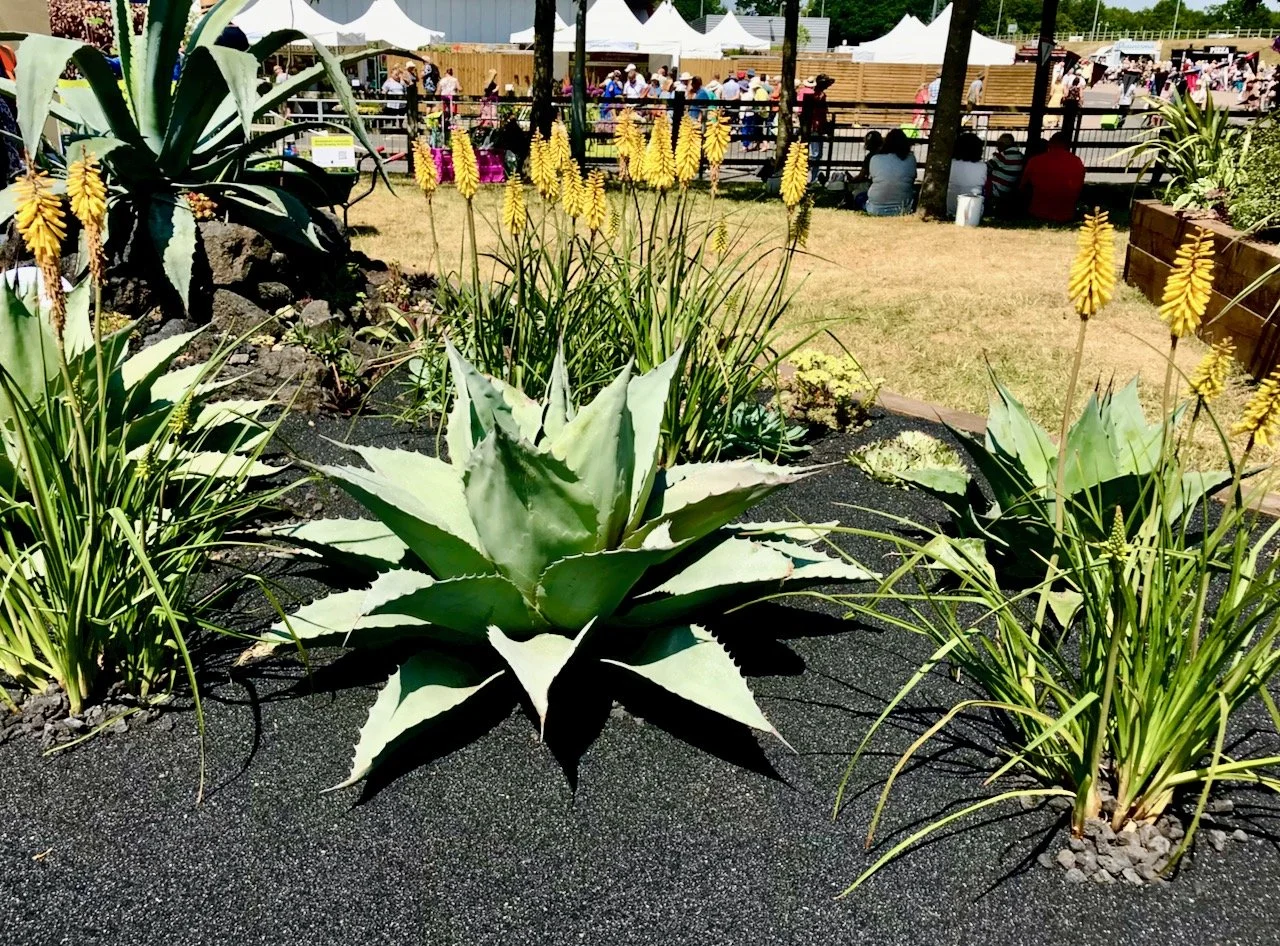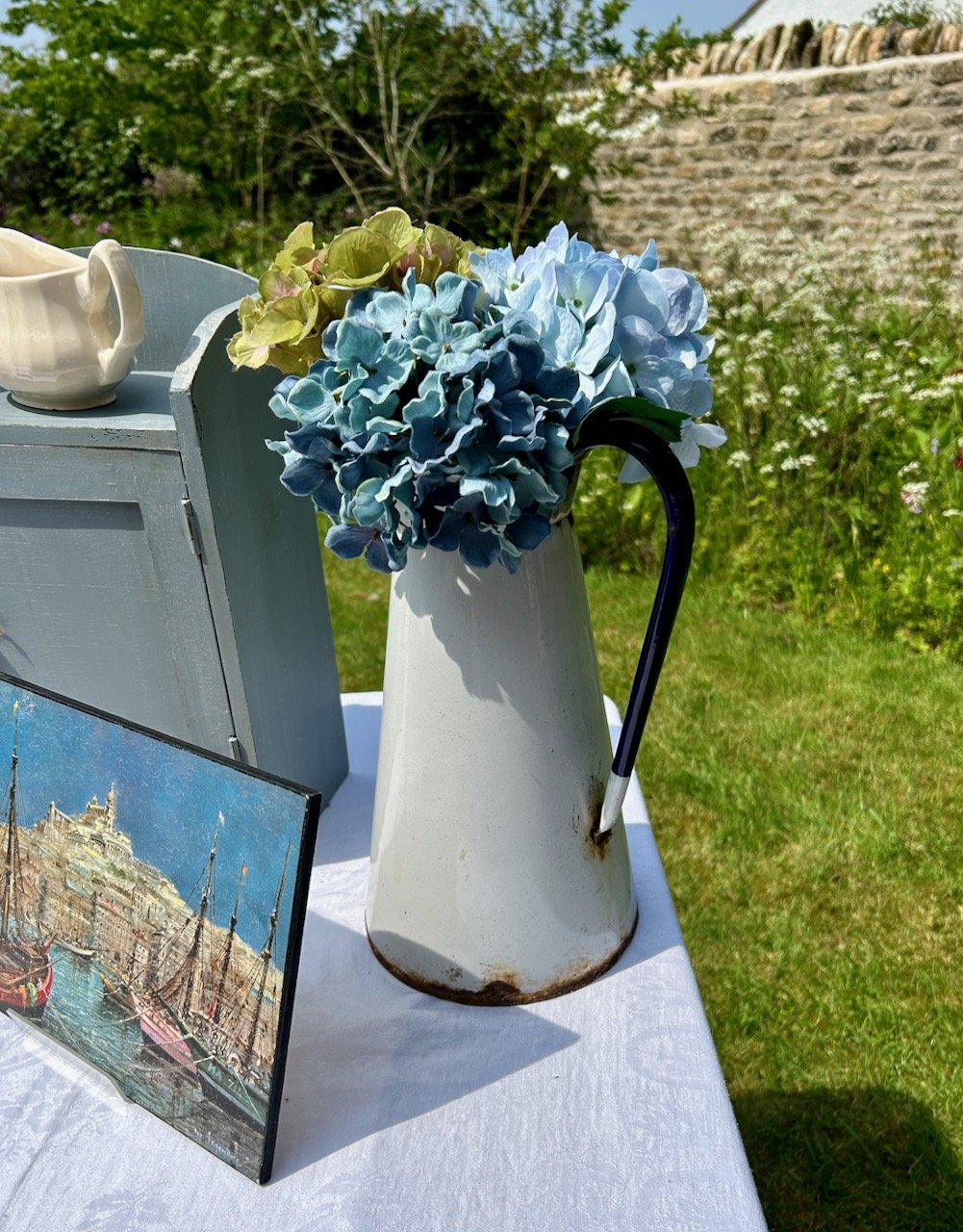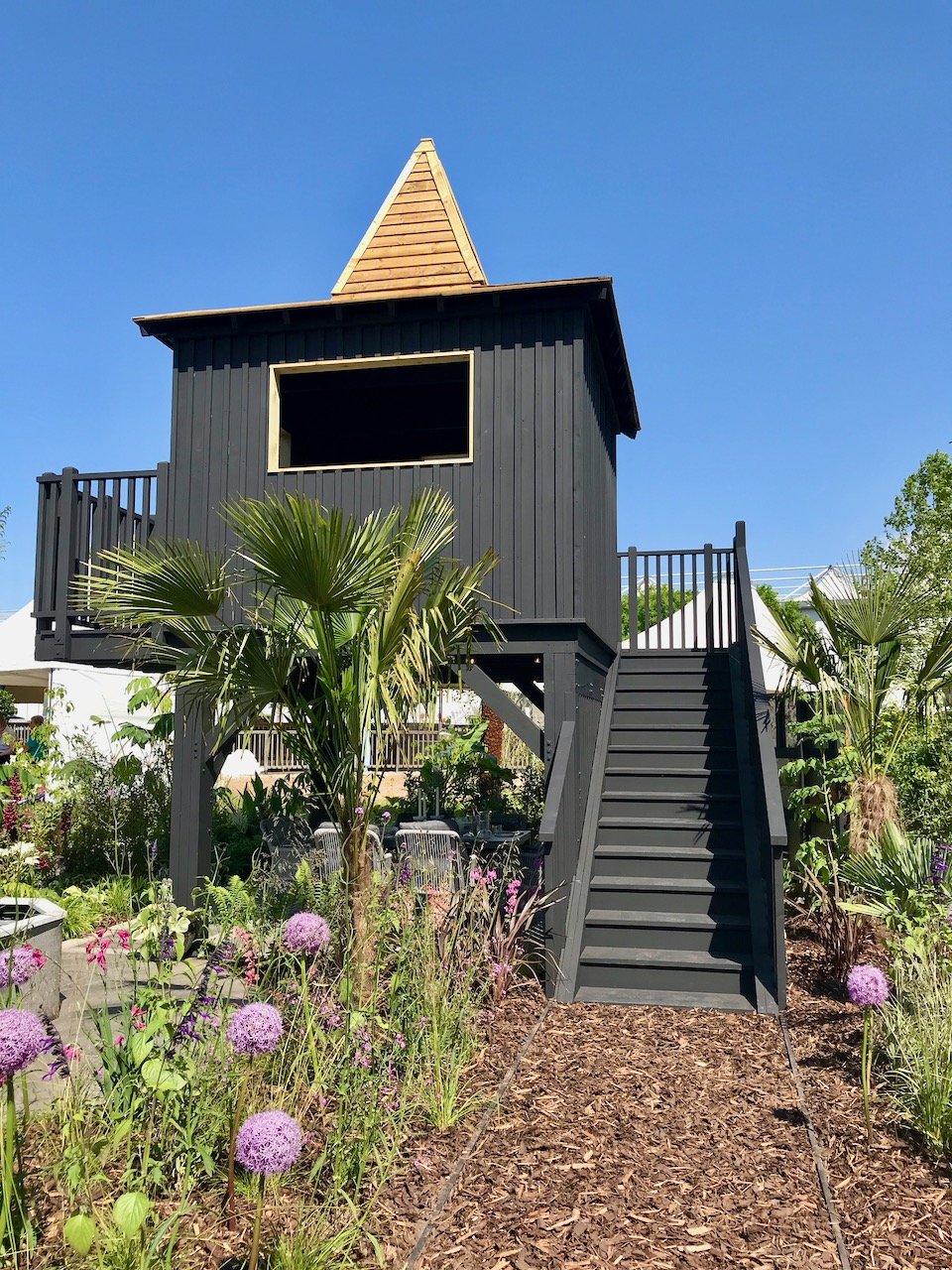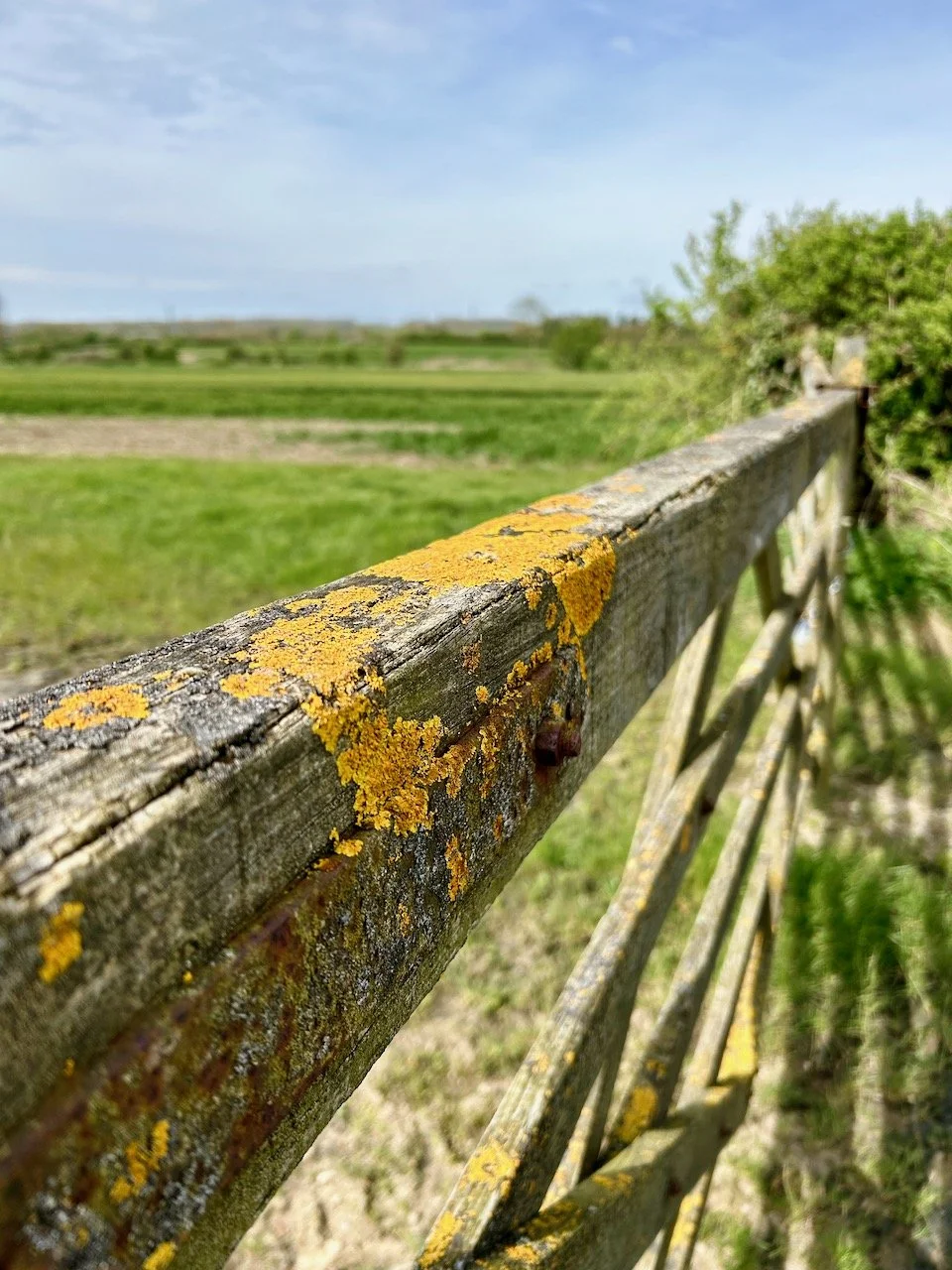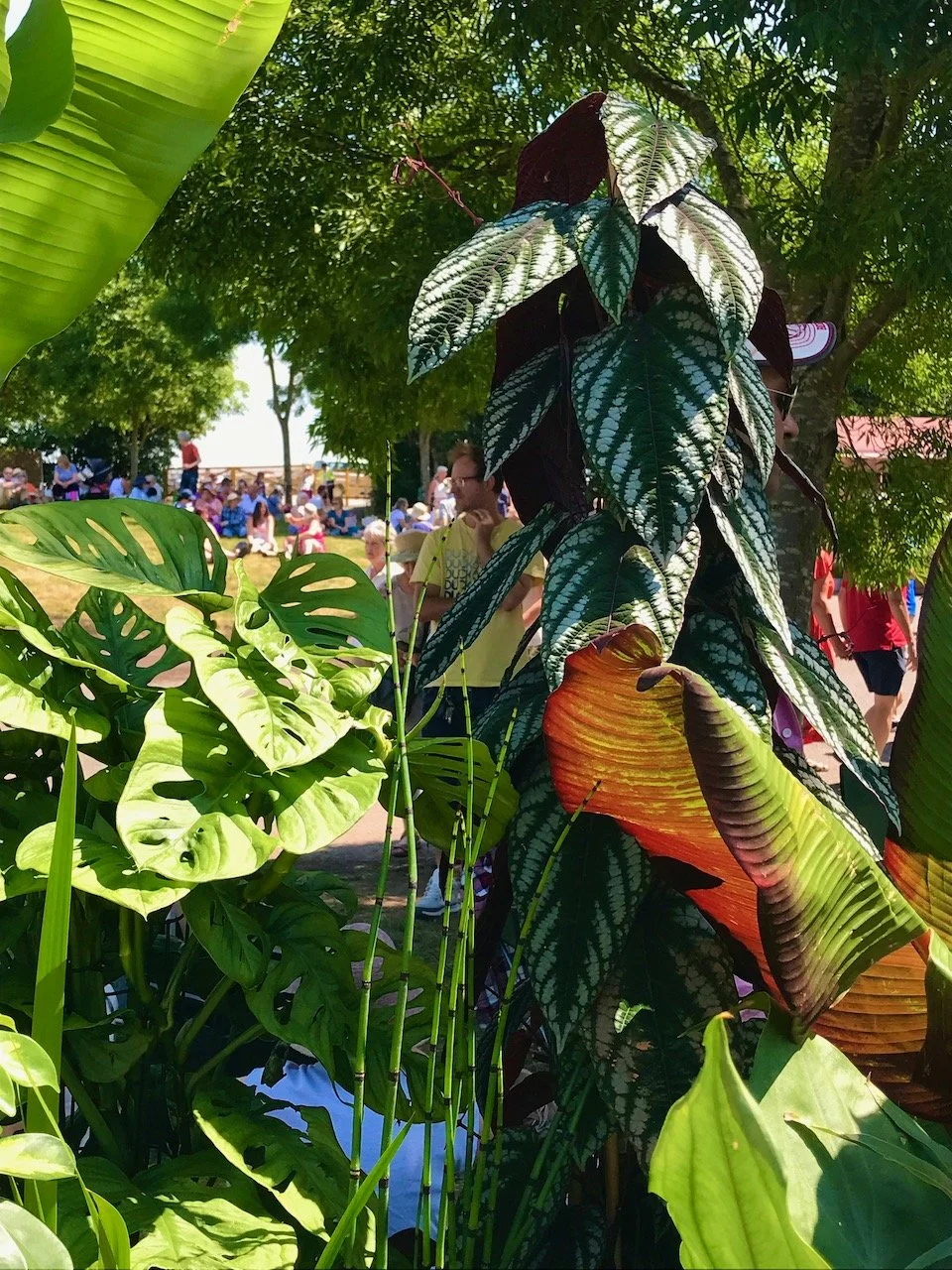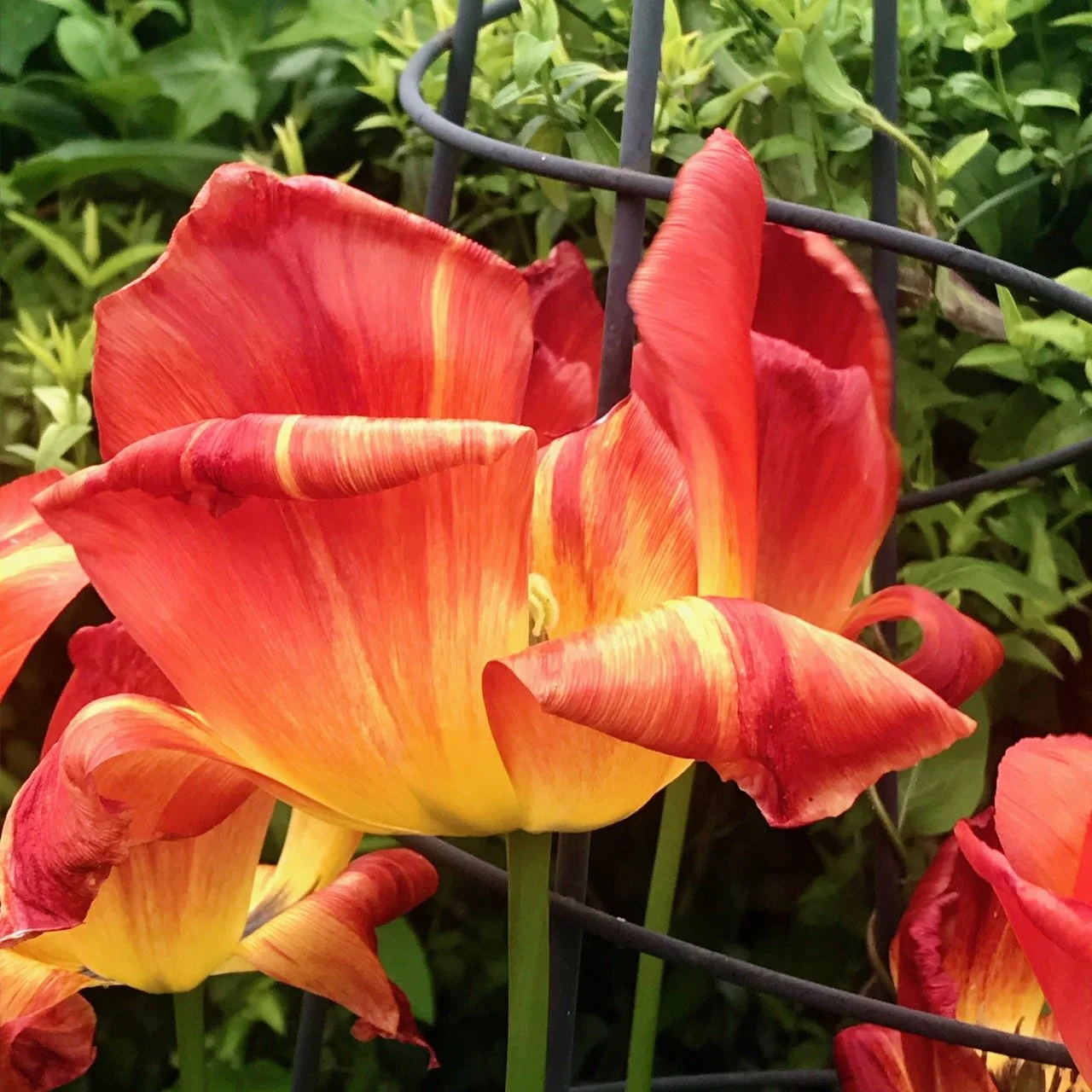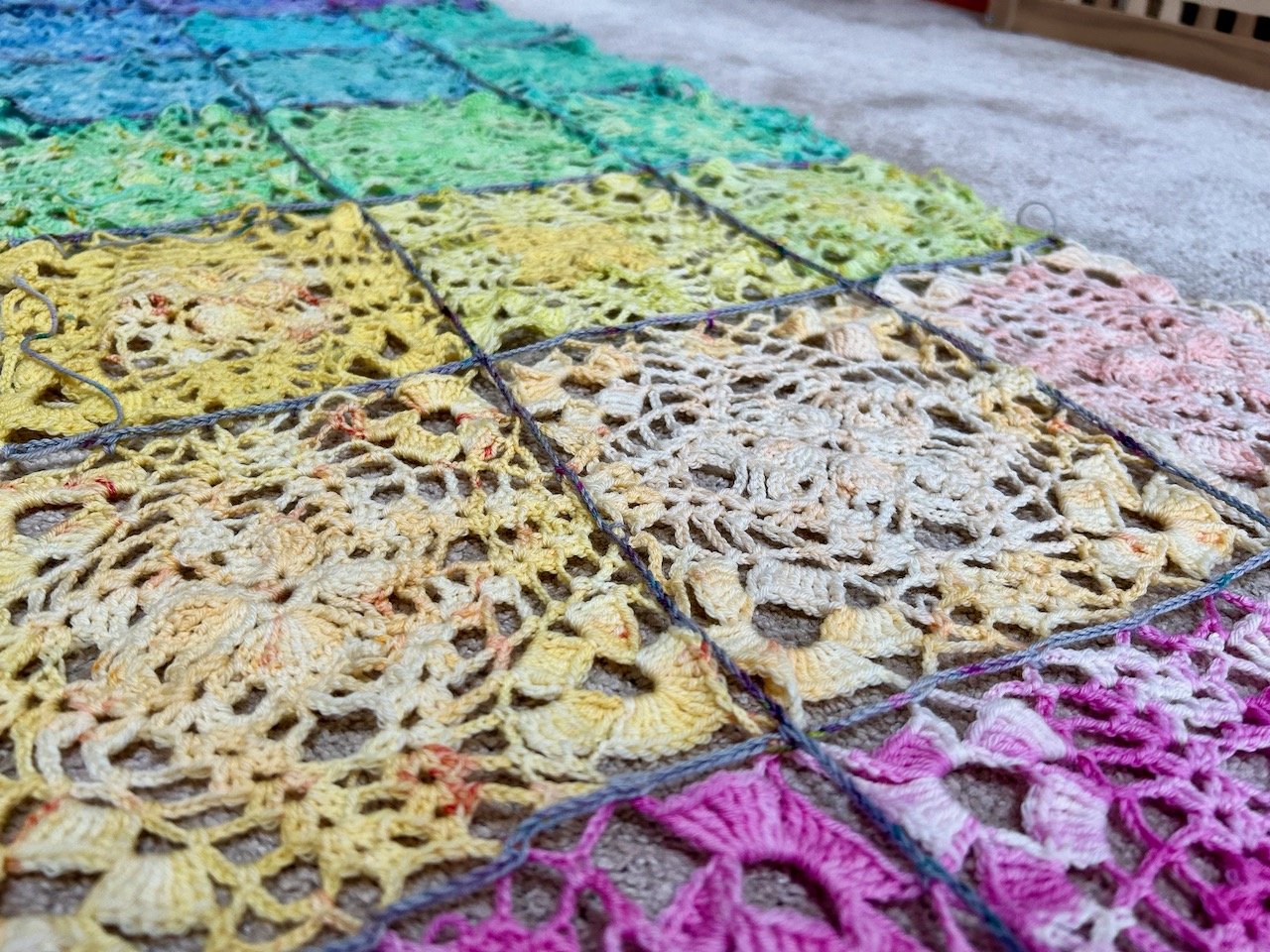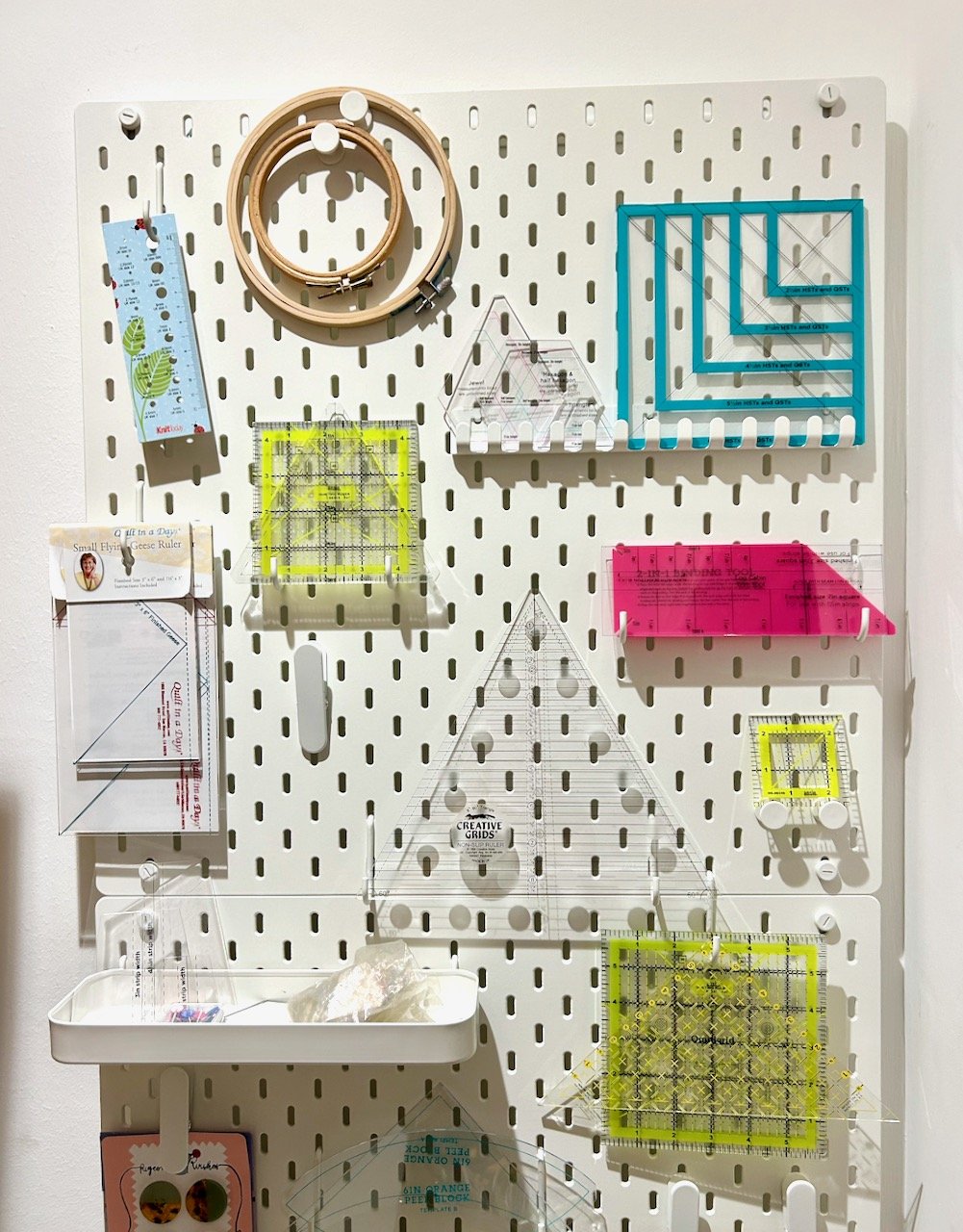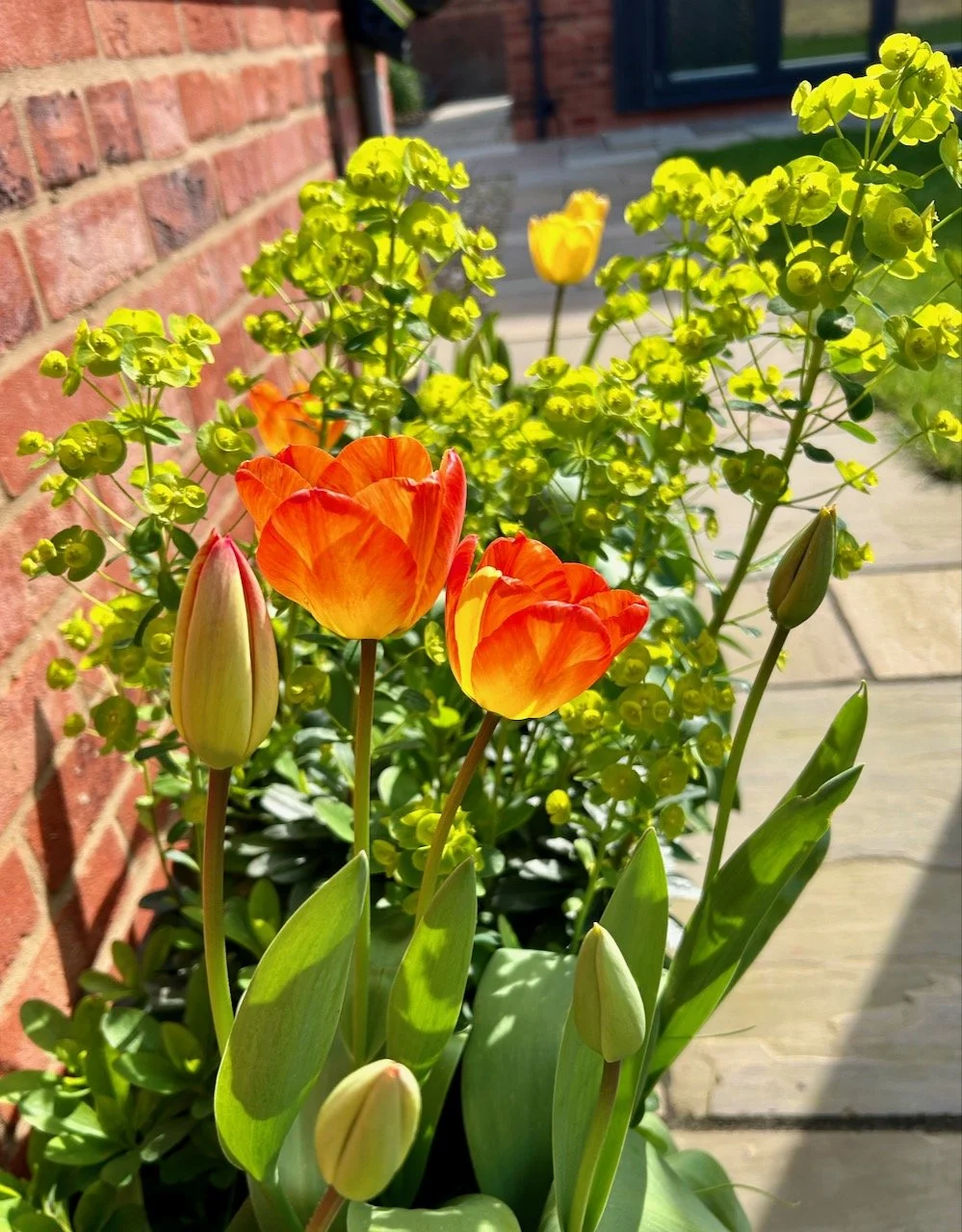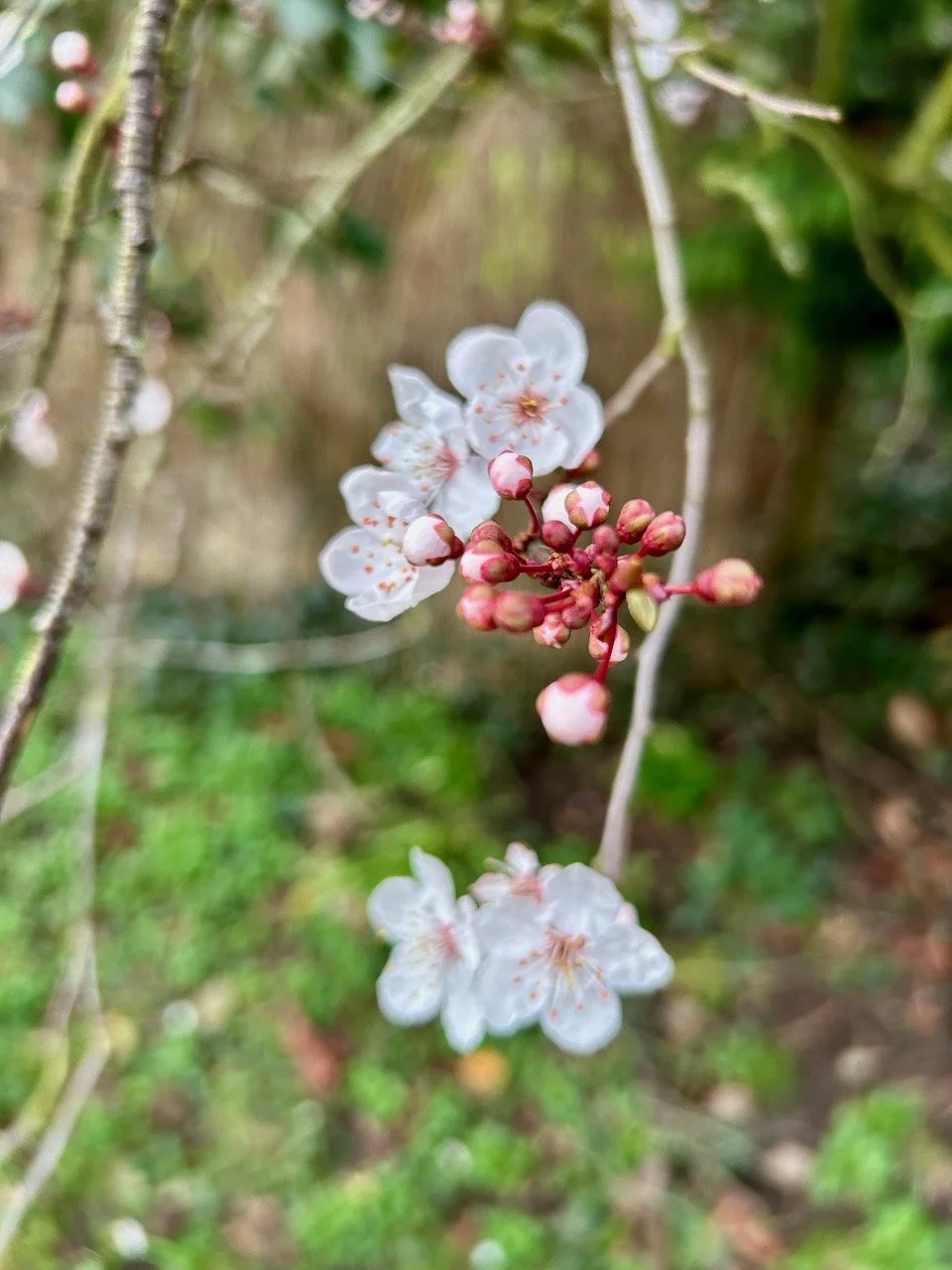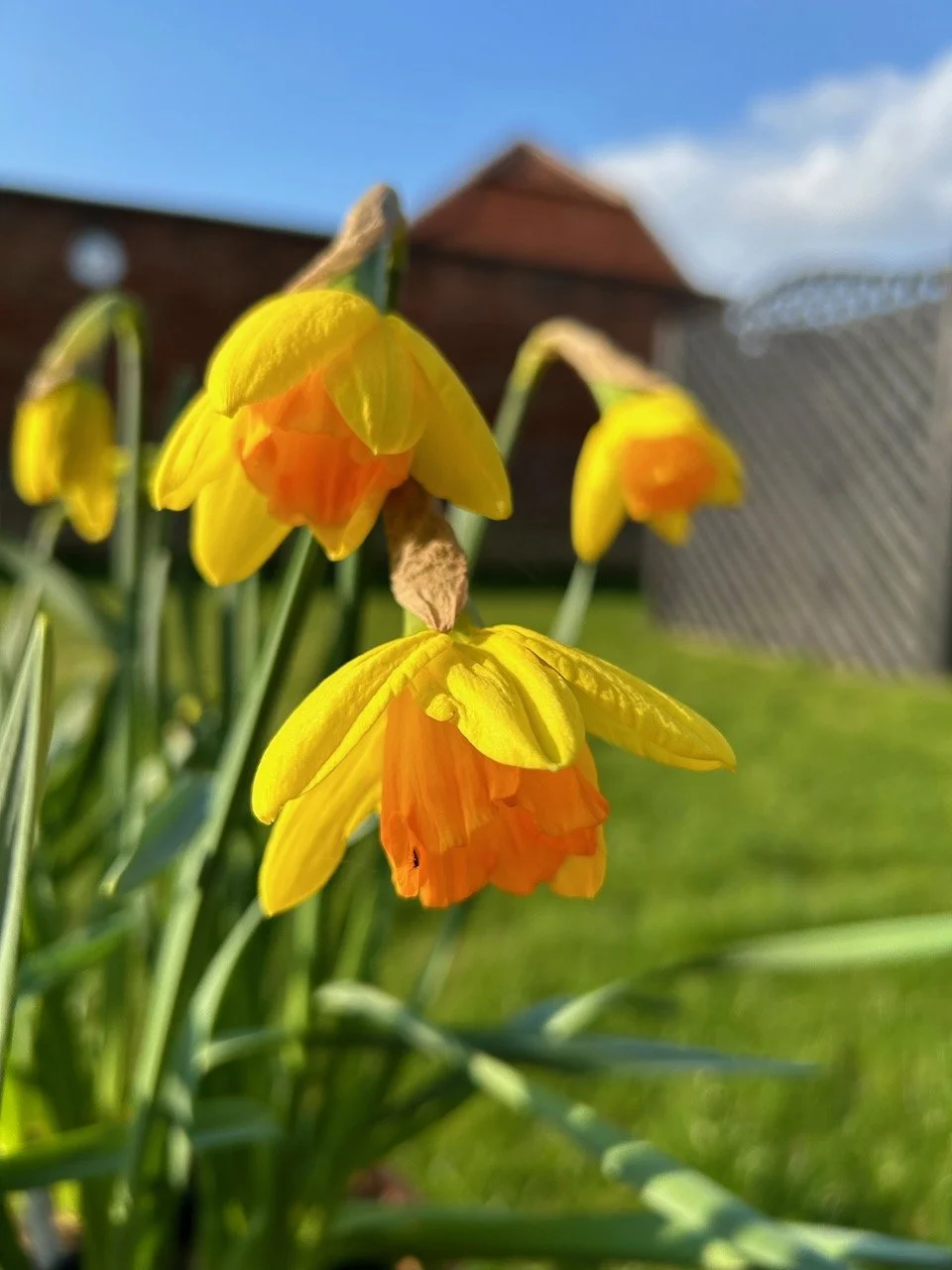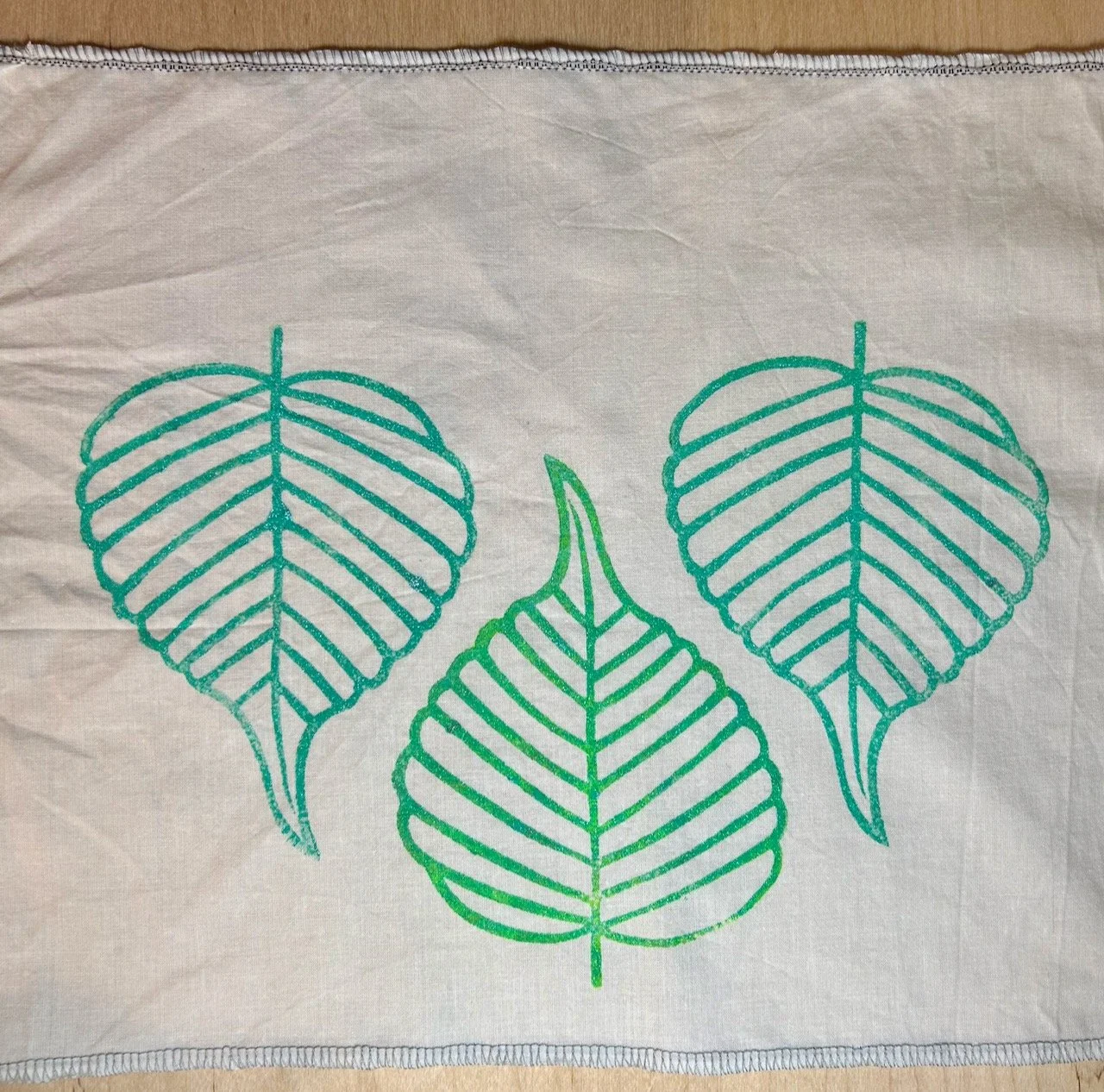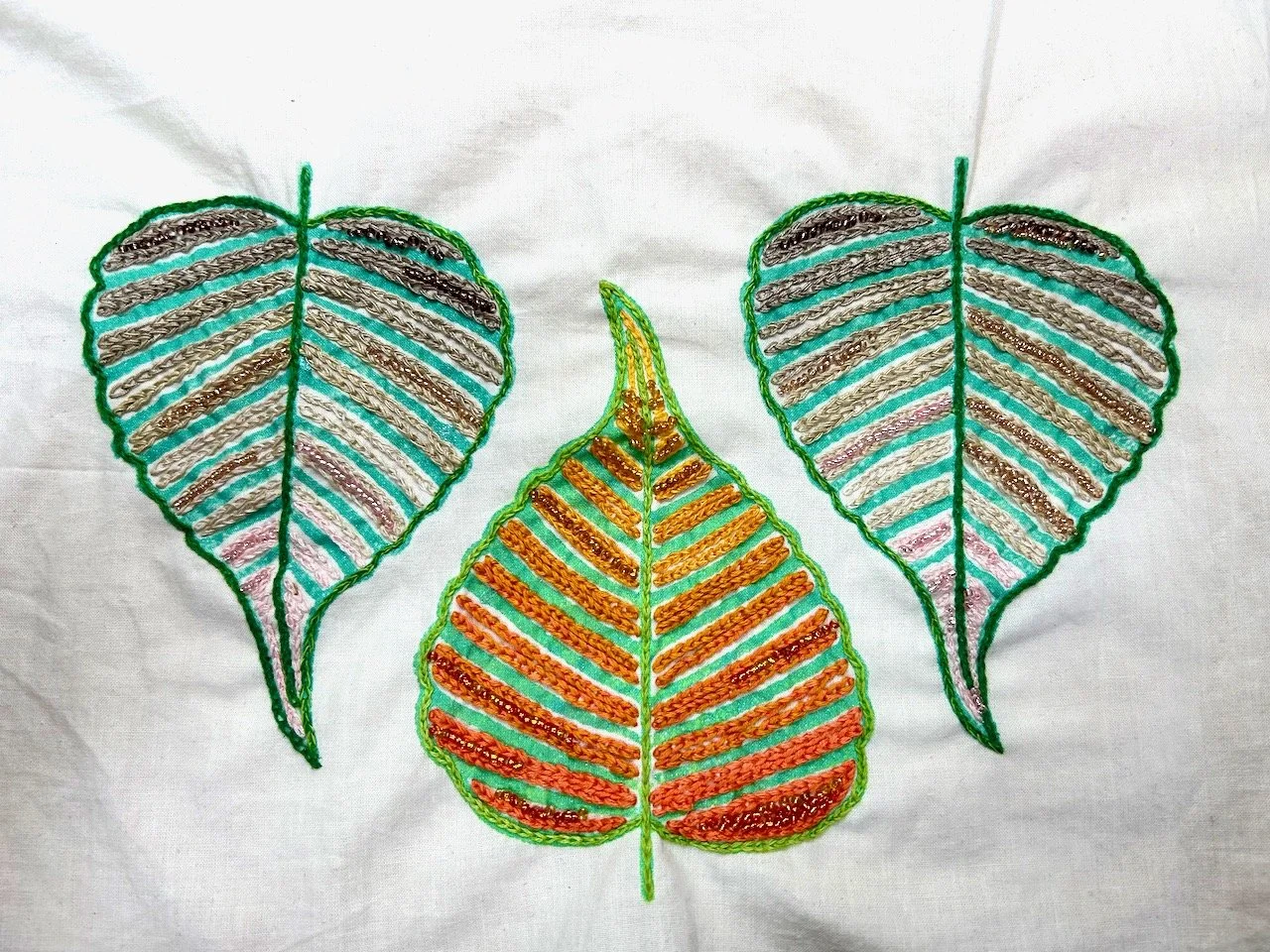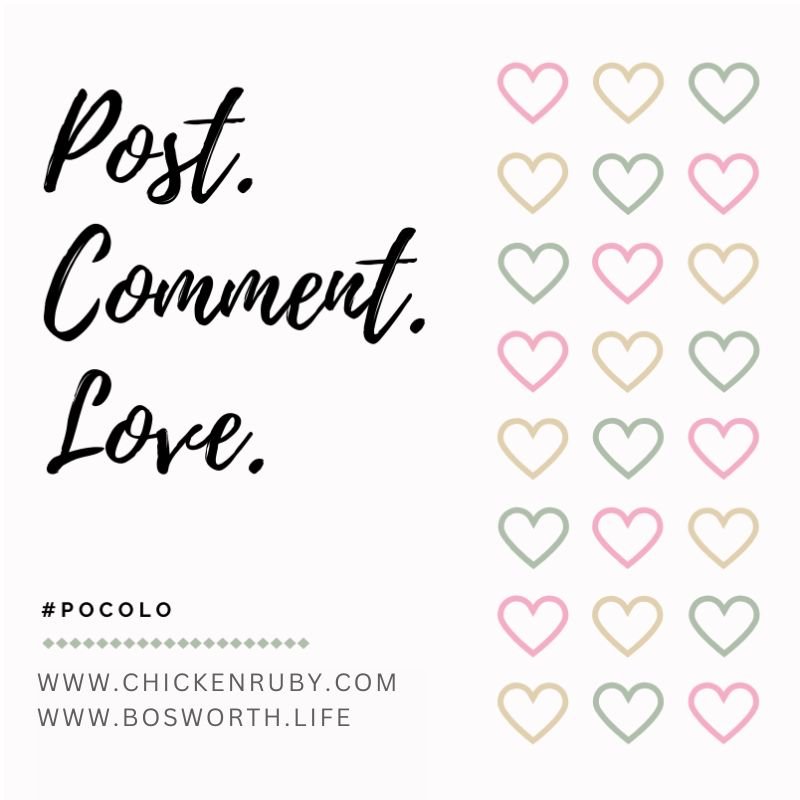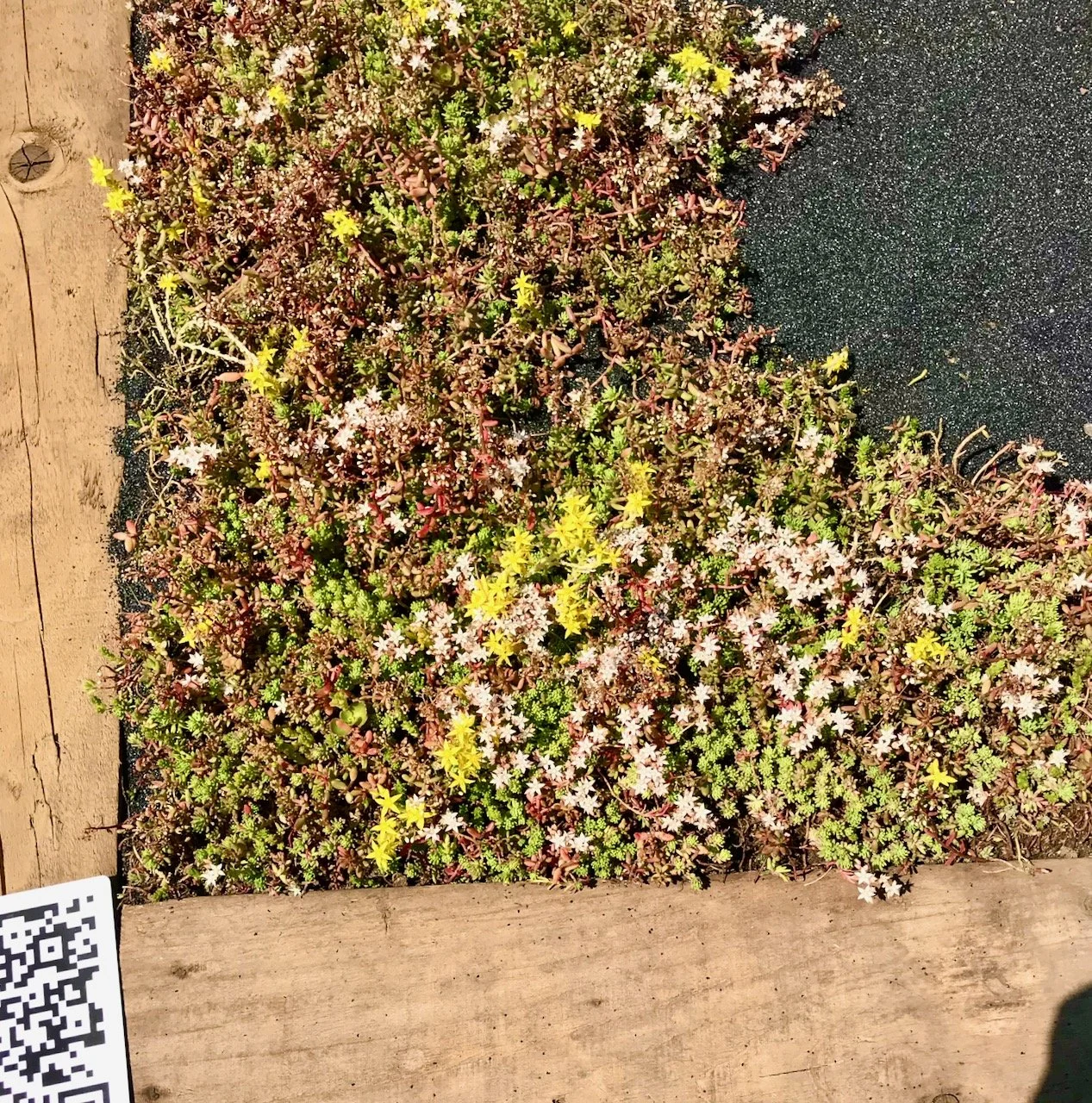I mentioned recently that I’d attended another Adult Learning course covering Indian Block Printing & Stitching, but hadn’t shared much of that here just yet. Not wanting to tease you I thought I should share some of that now that I’ve mentioned it, though there’s much more to come on this craft as this is the one I’m finding the most addictive so far. There’s so many possibilities, especially if I combine this with my newly found pouch-making skills!
But let’s not get ahead of ourselves!
I’ll share more about the course and its format in a future post, here I want to focus on a completed piece - or almost completed piece…
How it started…
It started quite simply, using old bedding as my background material. This was from the box-pleated ‘frill’ of an old valance sheet which I cut off and edged using my overlocker. I ironed it too - there was a lot of it, though it was much easier to iron now that it wasn’t attached to the central section which goes under the mattress! We’d not used the valance sheet for many years as not only was it hard to iron, it was also tricky to manoeuvre under the mattress and well, life’s too short for all that.
I printed the designs onto the fabric using fabric and Indian blocks at the adult learning class - and as you can see used the same block to create the design of three leaves. I also experimented with using two colour fabric paints on the middle block, adding an almost fluorescent yellow to the shimmering green, which I used on the outer leaves.
I liked this as a design and the resulting print, though the leaves kept reminding me of onions for some reason, and I’ve no idea why. Having rediscovered the joys of chain stitch as part of this course I was keen to continue that, and decided to outline the leaves and then fill in the blanks, but keeping the central design different.
I wanted to keep the green and green/yellow outline, and I wanted the central design to be prominent. Looking through my threads I opted for browns through to blush pink for the outer leaves and for oranges through to yellow for the central motif - the colours just seemed right.
Stitching was surprisingly addictive, and quick. It seems I didn’t stop and take many photos of the in-between stages, but if you look at the middle leaf that’s edged with a lime green thread, rather than the darker green used on the outer two.
I also made it up as I went along, mixing and matching strands of my threads to help ease the colour progression, and I’m really pleased with how this turned out.
So then I decided to add some beads.
Just tiny little ones.
In some of the gaps.
Again allowing my creativity to lead.
It’s quite different to how it started isn’t it?
The embroidery is done, but this piece isn’t yet fully completed as I want to incorporate it into a pouch somehow - I’m just not sure how, just yet but I’m sure I’ll know in the not too distant future. For now I’m enjoying this unique piece which I’ve created without knowing where I’d end up.


